ENG stands for Electronic News Gathering, a no-frills approach to video production. Shooting and editing focus on the who, what, where, and when of the story.
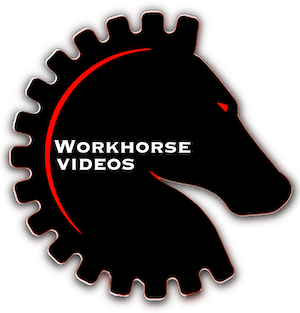
Includes:
- Professional Videographer
-
Project Producer
- Audio Technician
- Hi Def or 4k Camera package
- Wireless Microphone & Receiver
- Up to 9 Hours of News Style Shooting
- News style story editing
- Shoot on-location interviews, business operations “b-roll” video footage for use in an about us video, online or broadcast video advertisement.
- Document an event and publish a social media post, news story, or website video.
- Record a process, presentations, or behind-the-scenes tour to be used for internal or external awareness or educational purposes.
Please review the projects below. They are designed to help you make informed decisions by providing a fundamental understanding of the video production process and sharing some cost-saving insights.
Your project may fit these parameters perfectly or we may need to adjust the process and or pricing in either direction to accommodate you better.
I’d love to discuss your project and its production needs. Set up a free 30-minute discovery call
ENG packages are designed to be nimble. We also offer EFP packages for higher-end, stylized productions. To learn more about how these packages differ and how to decide which is best for your project, visit ENG VS EFP.
Blue Rock Energy – Public Relations
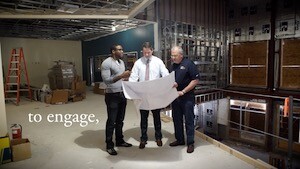 Project Objectives – The goal was to raise awareness and funding for the Syracuse Rescue Mission while also highlighting BlueRock Energy’s public service commitment to the community. We created two videos, one for social media promotion and one for broadcast advertising.
Project Objectives – The goal was to raise awareness and funding for the Syracuse Rescue Mission while also highlighting BlueRock Energy’s public service commitment to the community. We created two videos, one for social media promotion and one for broadcast advertising.
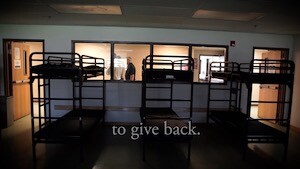
Shooting the Video The video shoot took place in two separate sites and involved quickly moving through a number of locations. The quick pace meant we needed to shoot with two cameras and our third technician doubled as a producer coordinating with a representative from the rescue mission and and organizing our next moves. We brought two LED scoop lights with built-in dimmers. This allowed us to move fast and gave an overall light wash where needed. This type of lighting is not for stylizing but for proper exposure purposes.

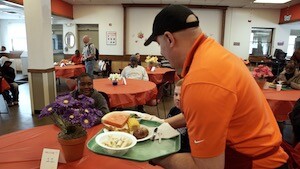
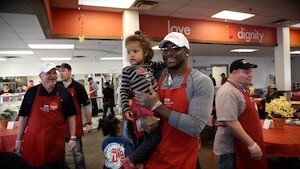
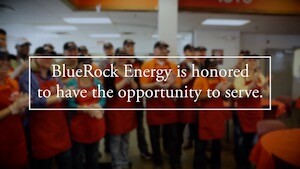
Transfinder – Software Training Campaign
 Project Objectives – The goal was to create a series of videos that would help Transfinder promote onsite software training for their school bus routing software to their existing customer base. Many of these customers were not utilizing the full potential of the product do to lack of training. Transfinder would email these customers with”quick tip” videos and a 3 minute video that highlighted the training process as well as features and benefits.
Project Objectives – The goal was to create a series of videos that would help Transfinder promote onsite software training for their school bus routing software to their existing customer base. Many of these customers were not utilizing the full potential of the product do to lack of training. Transfinder would email these customers with”quick tip” videos and a 3 minute video that highlighted the training process as well as features and benefits.
 Shooting the Video – We shot this video over one and a half day onsite training session. On the first day we focused on the subject matter, questions the students had, and capturing positive experiences during a supportive learning environment. Toward the end of the second day, the students got used to the camera, and we interacted with them. We also conducted five-minute standup interviews with three of the attendees.
Shooting the Video – We shot this video over one and a half day onsite training session. On the first day we focused on the subject matter, questions the students had, and capturing positive experiences during a supportive learning environment. Toward the end of the second day, the students got used to the camera, and we interacted with them. We also conducted five-minute standup interviews with three of the attendees.
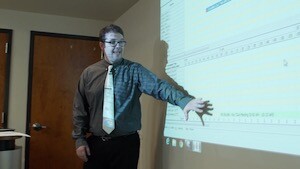
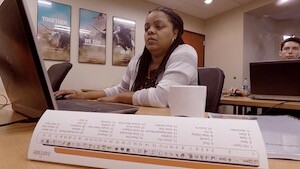 On the first day, I shot this by myself, alternating between a camera on a tripod with wheels and a tiny camera on a stabilizing gimbal. On the second day, I had a technician help with an audio boom and simple interview lighting.
On the first day, I shot this by myself, alternating between a camera on a tripod with wheels and a tiny camera on a stabilizing gimbal. On the second day, I had a technician help with an audio boom and simple interview lighting.
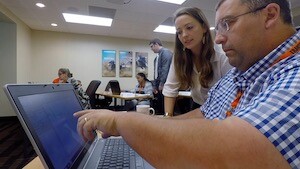

This project doesn’t strictly meet the parameters of the ENG #3 package. It could have been considered an ENG #2 package, except that the final price closely matches this package. Extra shooting time and editing more than made up for the cost savings of not having a third person.
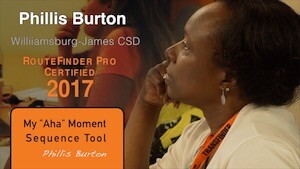
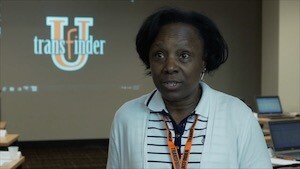
Engeye – Origin Video
Project Objectives
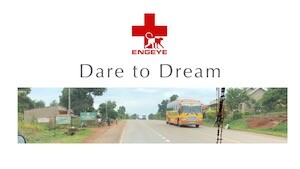 I was approached by Engeye to make a video they could use to represent who they are. A video was explicitly needed to accompany partnership and grant applications. Two things became immediately apparent Engeye didn’t have enough media assets to create a quality origin video, and capturing these assets meant shooting in Africa. Sending a video crew was not financially feasible. I suggested a hybrid approach where I trained Engeye staff to shoot photos and video clips with iPhones.
I was approached by Engeye to make a video they could use to represent who they are. A video was explicitly needed to accompany partnership and grant applications. Two things became immediately apparent Engeye didn’t have enough media assets to create a quality origin video, and capturing these assets meant shooting in Africa. Sending a video crew was not financially feasible. I suggested a hybrid approach where I trained Engeye staff to shoot photos and video clips with iPhones.
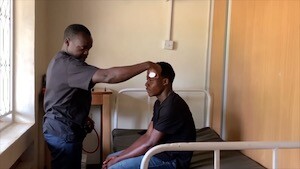
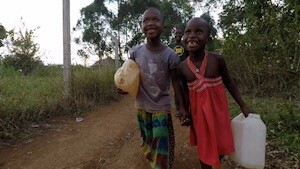
Shooting the Video
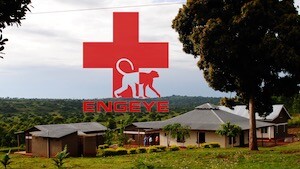 Using iPhones, the Engeye staff followed a shooting plan and shot list I created for them. I encouraged them to practice shooting with an iPhone on a stabilizing gimbal. I write more about this process here.
Using iPhones, the Engeye staff followed a shooting plan and shot list I created for them. I encouraged them to practice shooting with an iPhone on a stabilizing gimbal. I write more about this process here.
All the footage, photos, and interviews were done in Africa were captured by staff. I shot and directed the Albany interviews in one location during an 11-hour shooting day.
Why did I include the video here?
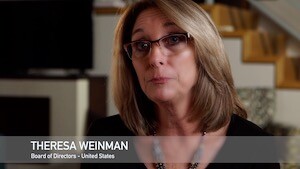 More than half of this production was done using ENG methods. (see ENG vs. EFP) This Africa footage was shot with available light and one microphone. The interview lighting in Albany was semi-stylized, and we used a boomed microphone. We had a small number of interviews, and this afforded us the time to sculpt the soft light of our subjects while adding minimal accent lighting. This was accomplished with a two-person crew. Had we had more interview setups, I would have had to hire additional staff, making this an EFP production.
More than half of this production was done using ENG methods. (see ENG vs. EFP) This Africa footage was shot with available light and one microphone. The interview lighting in Albany was semi-stylized, and we used a boomed microphone. We had a small number of interviews, and this afforded us the time to sculpt the soft light of our subjects while adding minimal accent lighting. This was accomplished with a two-person crew. Had we had more interview setups, I would have had to hire additional staff, making this an EFP production.
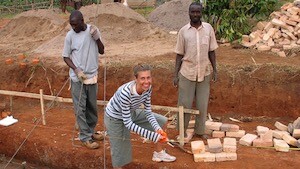
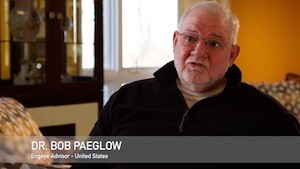
Editing
 This project required a significant amount of upfront transcoding, optimizing and organizing before the first edit. The photos and video clips must be labeled with location, names, and activity. Transcriptions were made for the interviews. We created interview questions about the subjects we wanted the video to cover, but the final narrative largely came from sound bites weaved together from the interviews.
This project required a significant amount of upfront transcoding, optimizing and organizing before the first edit. The photos and video clips must be labeled with location, names, and activity. Transcriptions were made for the interviews. We created interview questions about the subjects we wanted the video to cover, but the final narrative largely came from sound bites weaved together from the interviews.